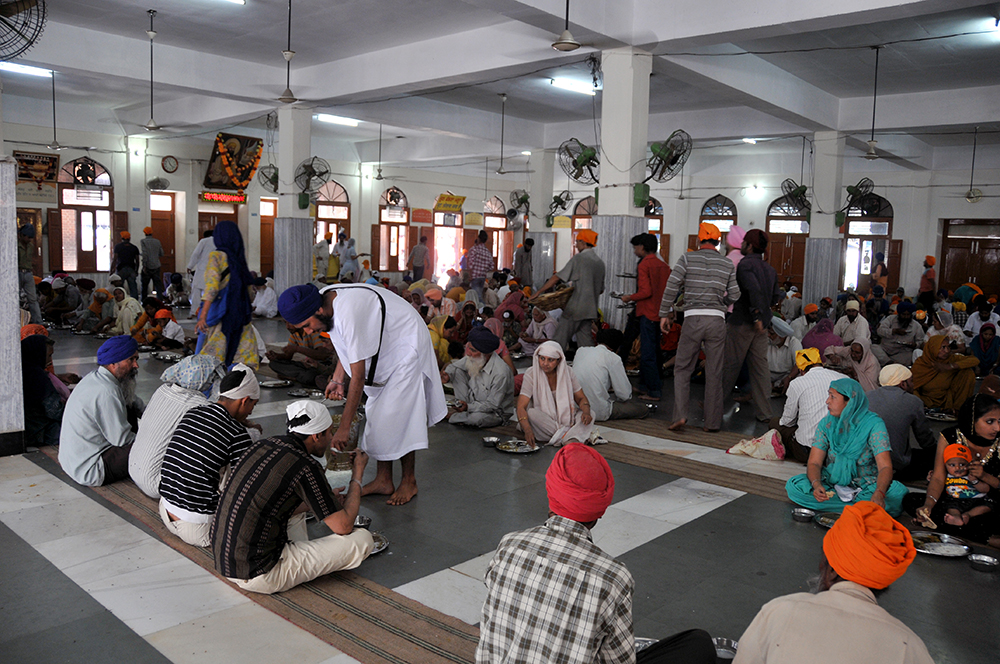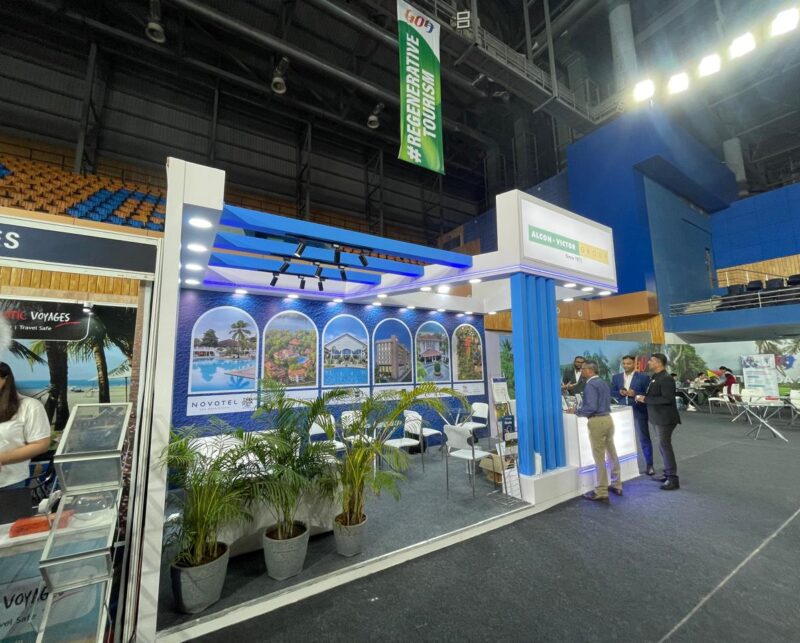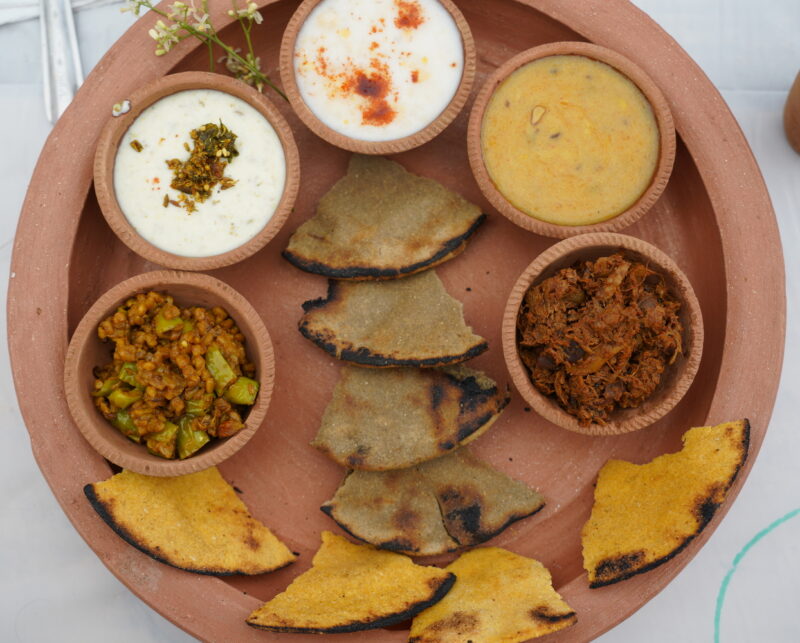As India celebrates Guruparab in November, Kulveen Ritu looks at the tradition of Sanjha Chulha, the community kitchen.
Sanjha Chulha literally means common stove. There was a time when in the villages of Punjab, cooking on a common stove in the evening was a common practice carried out by all household women. Food used to be cooked together singing religious hymns or songs. This kind of practice not only infused positive energy into the food but also enhanced bonding, sharing and learning amidst the residents. Nowadays, such group activities are conducted by highly qualified people as a human resource development practice.
 Kulveen Ritu
Kulveen Ritu
Punjabis are known as loud spirited and large-hearted people always ready lending a helping hand forward. Thus the essence of “SanjhaChulha” was probably carried forward into the Sikh Community whose foundation was laid 550 years back by Guru Nanak Devji. He was a Brahmin. Guru Nanak Devji’s fundamental belief was unity of all humankind, and he was therefore against discrimination based on caste, gender or income. His heart always pounded for the downtrodden, thus one day when he was given Rs. 20 by his father to carry out a profitable transaction, Guru Nanak Devji on the way sighted a bunch of sick and hungry people and invested the entire amount feeding them. This transaction was termed as “SacchaSauda”. SacchaSauda was not only a single noble act towards humanity, but this laid the foundation of starting langar as a regular practice that was formally institutionalized by Guru AngadDevji, where persons from any caste, creed, community or financial background can sit together to eat in the same venue. Men and women also sit together. It is believed that sitting down on the ground increases humility, transmitting the message that all are equal in eyes of God.
Golden Temple
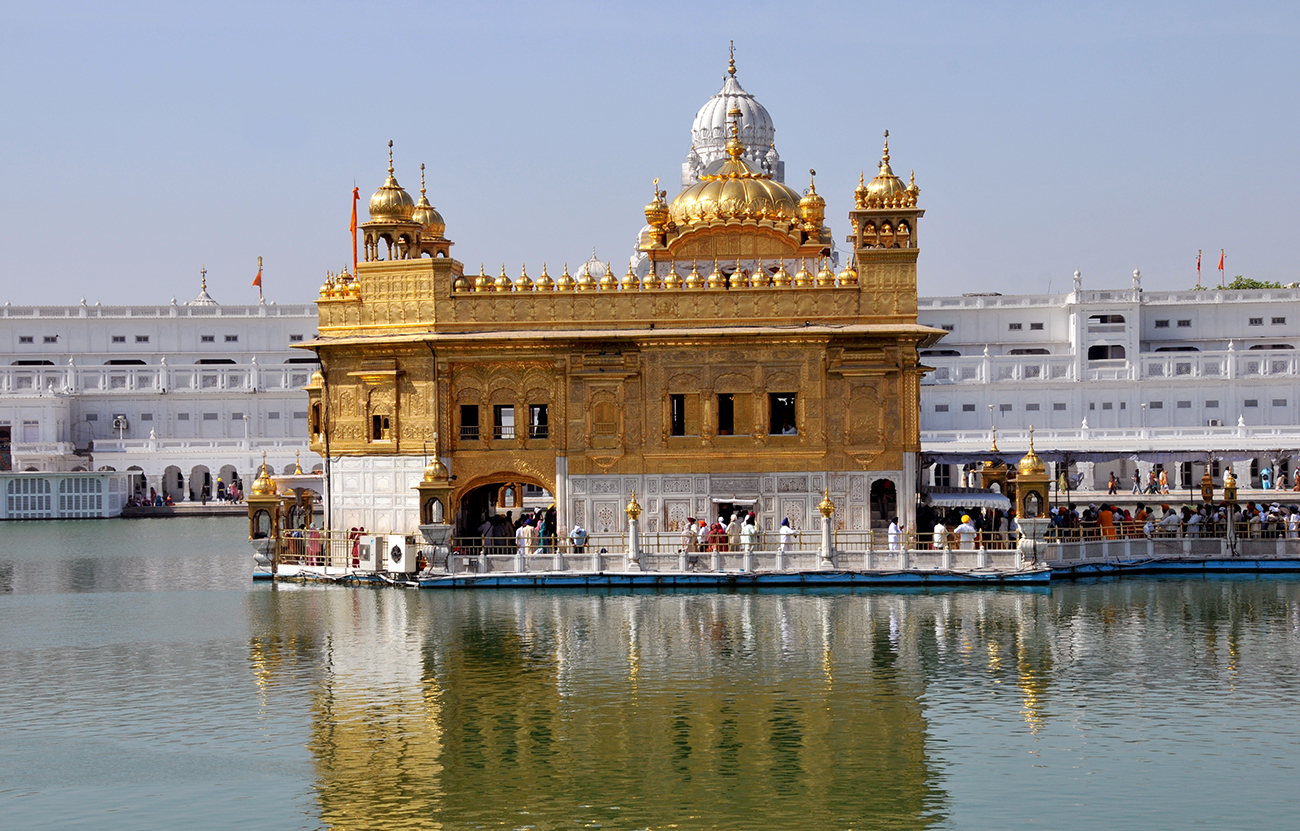
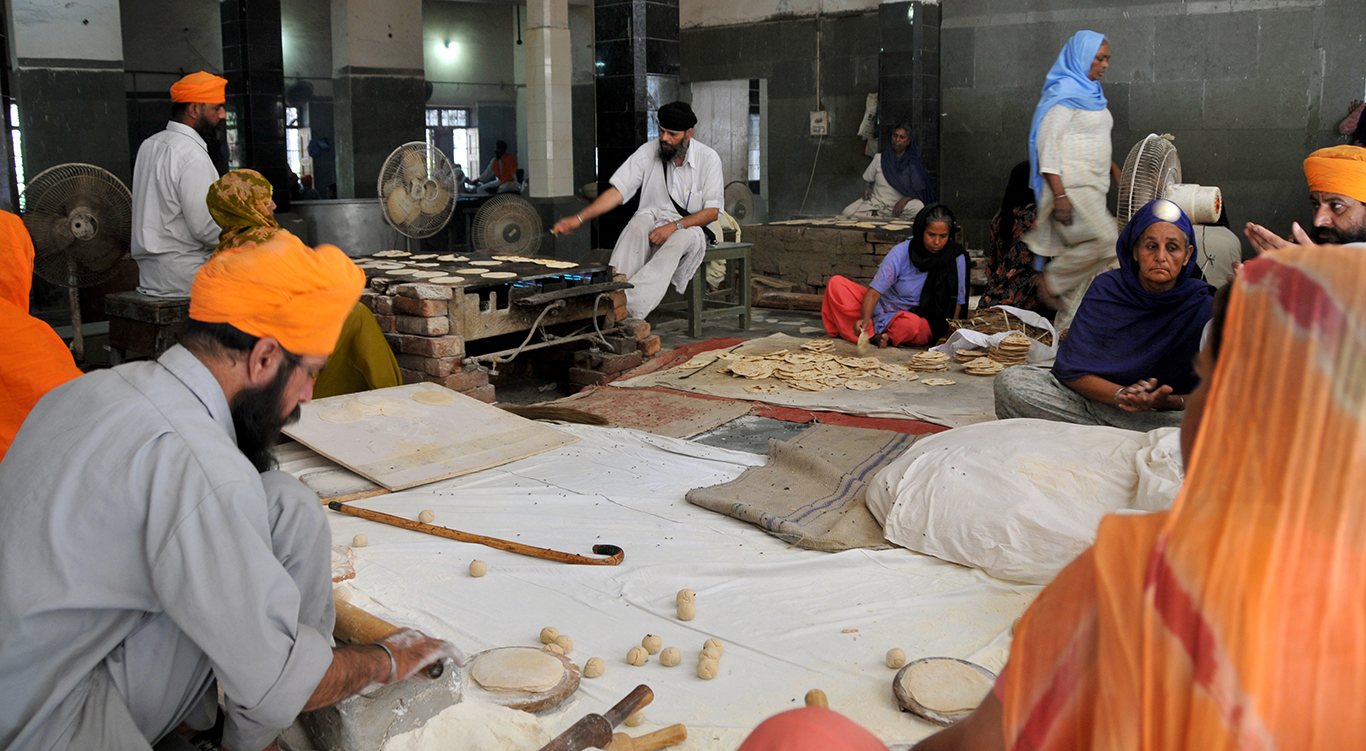 Volunteers work at the free kitchen of the Golden Temple
Volunteers work at the free kitchen of the Golden Temple
Langar means free community kitchen which serves meals to pilgrims or visitors at a place of worship. In most Gurdwaras, langar is a complete meal comprising of lentils, rice, chapattis, vegetables and a sweet. At the langar, people can eat free vegetarian food served by volunteers
The most famous langar is that of the Harmandar Sahib at Amritsar. The is the world’s biggest 24 by 7 running a free kitchen that has the capacity to feeds a vegetarian meal to over 10,000 people a day. Beyond just feeding, systematic management and cleanliness while cooking is impeccable. Today at Amritsar there are eight roti making machines, and a daily capacity to process 60 quintals of wheat, 18 quintal dal, and 14 quintal rice. 90% of work is done by sewadaars (volunteers), and thousands each day participate for the selfless service. Interestingly, around 35% of Harmandar Sahib visitors are non-Sikh.
Management of the Langar premises is another complex task. The langar hall has mats spread in rows at regular intervals, mats on which the Sangat (pilgrims) can sit in a pangat (line). When you walk to the langar you pick up a plate and a spoon from near the entry gate, where they are kept stacked before entering the hall. One has to ensure their heads are covered even while eating. Volunteers come around the rows serving chapattis (parsshadaji), vegetables, lentils (dal), rice & kheer; serving the devotees and other visitors with due respect. The diners have to ensure that they don’t waste food as it is considered as Prasad, a religious offering. After finishing the meal, they carry their plates out of the exit gate. Most of them prefer washing their plates themselves.
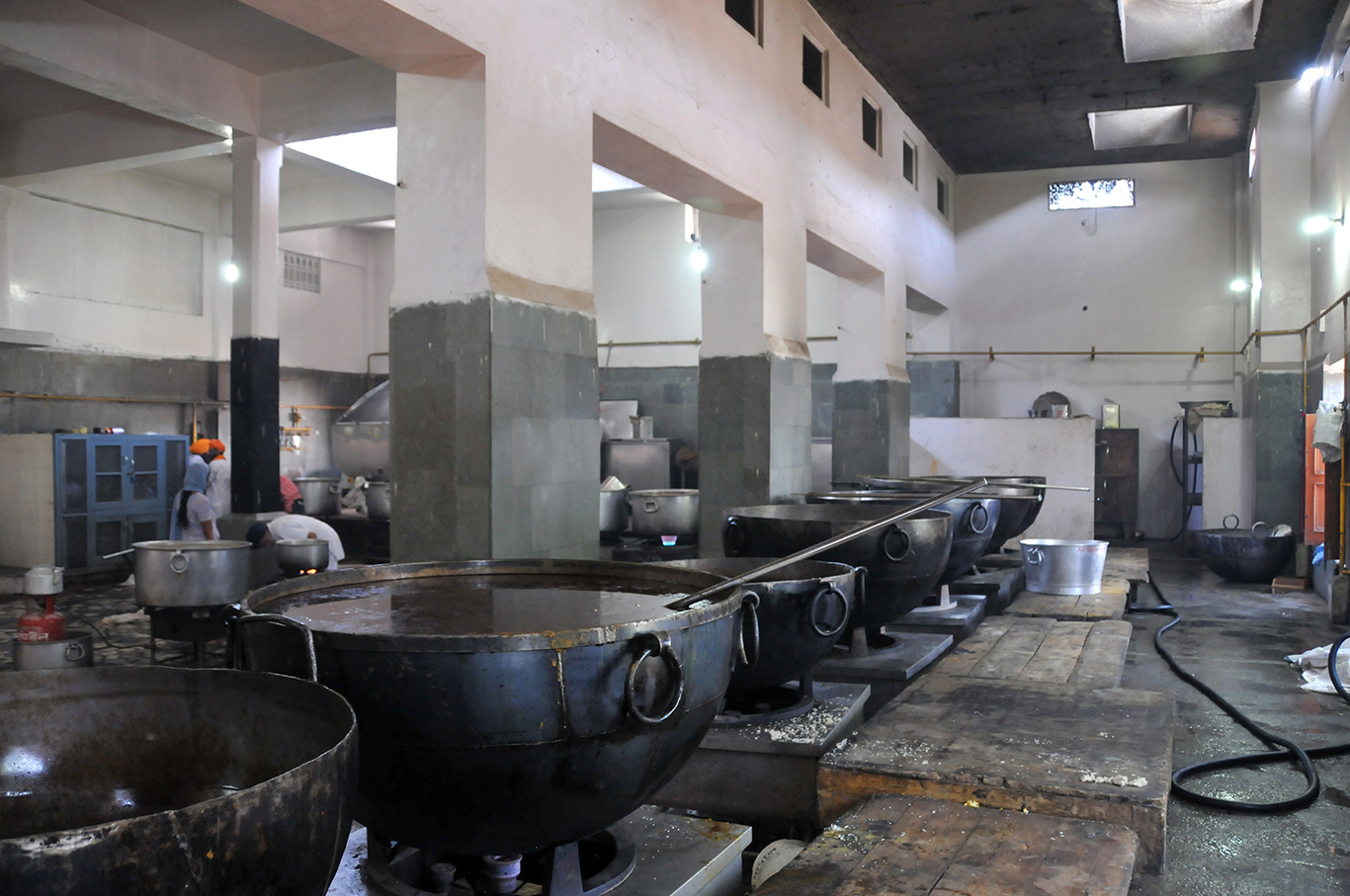 The kitchen can feed 10000 meals a day
The kitchen can feed 10000 meals a day
The soiled vessels go through three or four stages of washing in liquid soap. Before entering the Gurudwara premises for sewa, voluteers have to ensure they walk in with clean hands and covered heads. Chatting while conducting sewa is not usually allowed, we have to respect the place and the purpose.
Lot of Gurudwarasgo beyond their physical vicinity, providing meals to hospital wards where the poor and needy undergoing treatment cannot afford meals. The scene at Gurudwara Bangla Sahib in New Delhi while having Langar is worth watching; in a busy Capital, full of migrants, Gurudwara fills the stomach of many students, working professionals and the poor as well. Visit a Langar hall is a part of their routine.
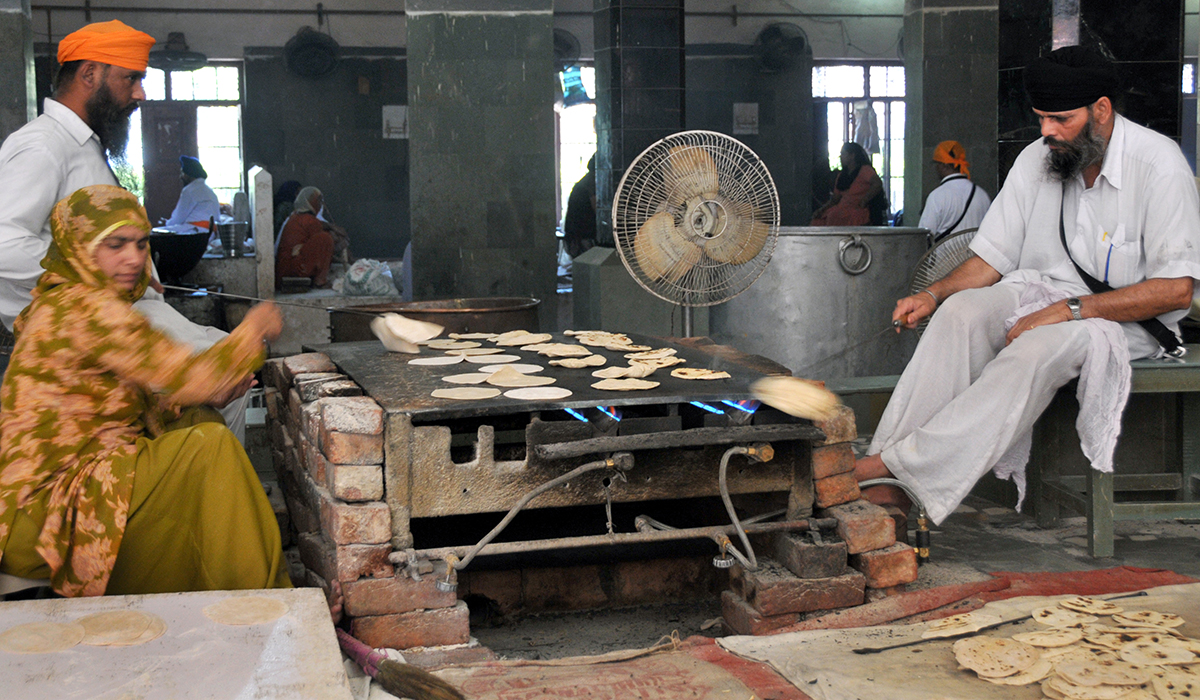 Kar Seva, voluntary labour, is an important part of the Sikh philosophy
Kar Seva, voluntary labour, is an important part of the Sikh philosophy
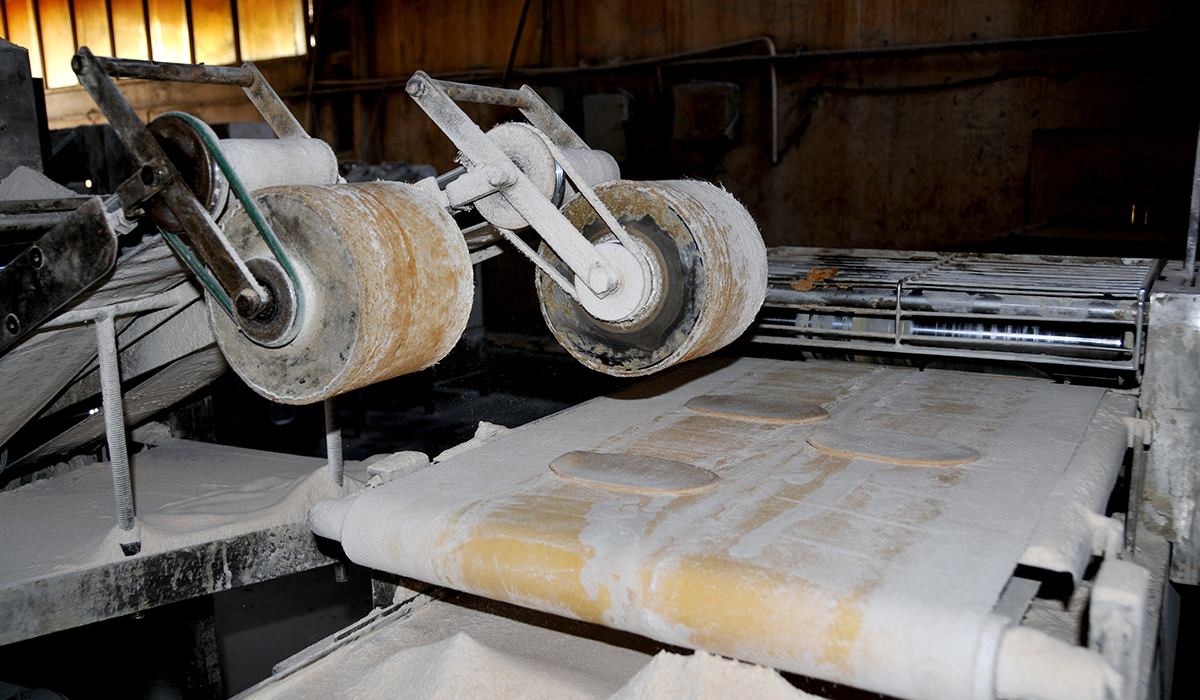 Rotis being made at the community kitchen of the Golden Temple Langar
Rotis being made at the community kitchen of the Golden Temple Langar
The ‘langar paratha’ reflects Guru Nanak devji’s philosophy of “Chaar Varan Ik Varan Karaya, Kaltaran Guru Nanak Aaya” who was a true visionary, the theories which we talk today were already explained by him. “NaamJapo, KirtKaro, VandChako” which means, pray, earn through good karma and share and eat with fellow beings.
This year, Honorable Prime Minister Sr. Narendra Modi has stated in his recommendation to spread the teachings and philosophy of Guru Nanak Devji in his 550th year, across the Globe.
Ritu Kulveen writes blog posts on:
Interesting Facts About The Guru Ka Langar at Amritsar
- The roots of community kitchen institutions and volunteer run charitable feeding is very old in the Indian traditions
- In the 16th century, Guru Nanak introduced the langar. The concept was not just charitable feeding but the langar symbolizes the egalitarian society promoted by the Gurus – people eat together regardless of caste, age, income or gender
- A typical meal at a langar comprises roti, a vegetable dish, daal, rice and kheer,
- The Golden Temple’s kitchen has the capacity to feed 10,000 meals. It is said that up to 1,00,000 people have eaten at the langar on a single day.
- The food is largely hand-made by volunteers or KarSevak – voluntary labour is considered an important part of the Sikh philosophy. A roti making machine is used when there are large gatherings.
Dirty plates are handed over to another set of volunteers. Each plate is washed 5 times before being used again.
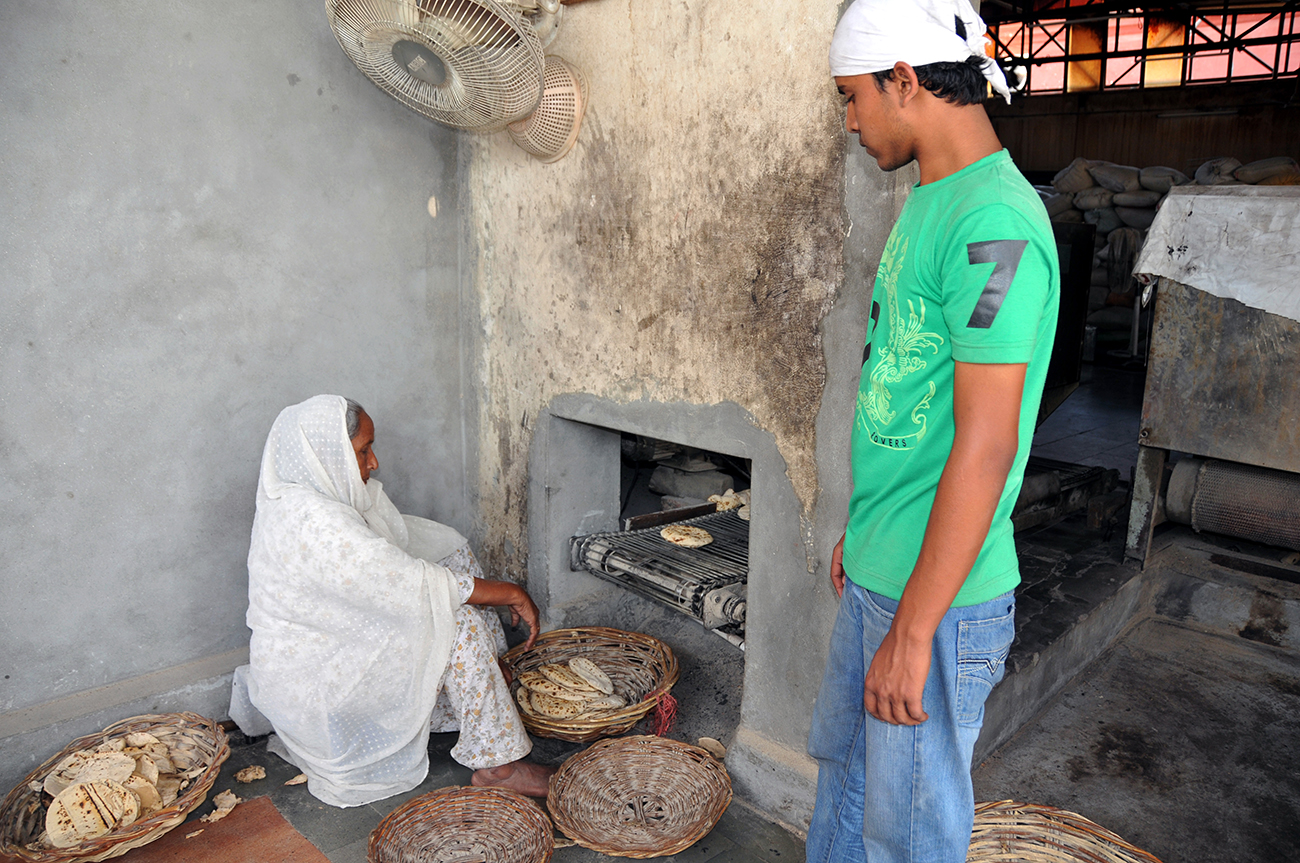 Cooking at Amritsar
Cooking at Amritsar


